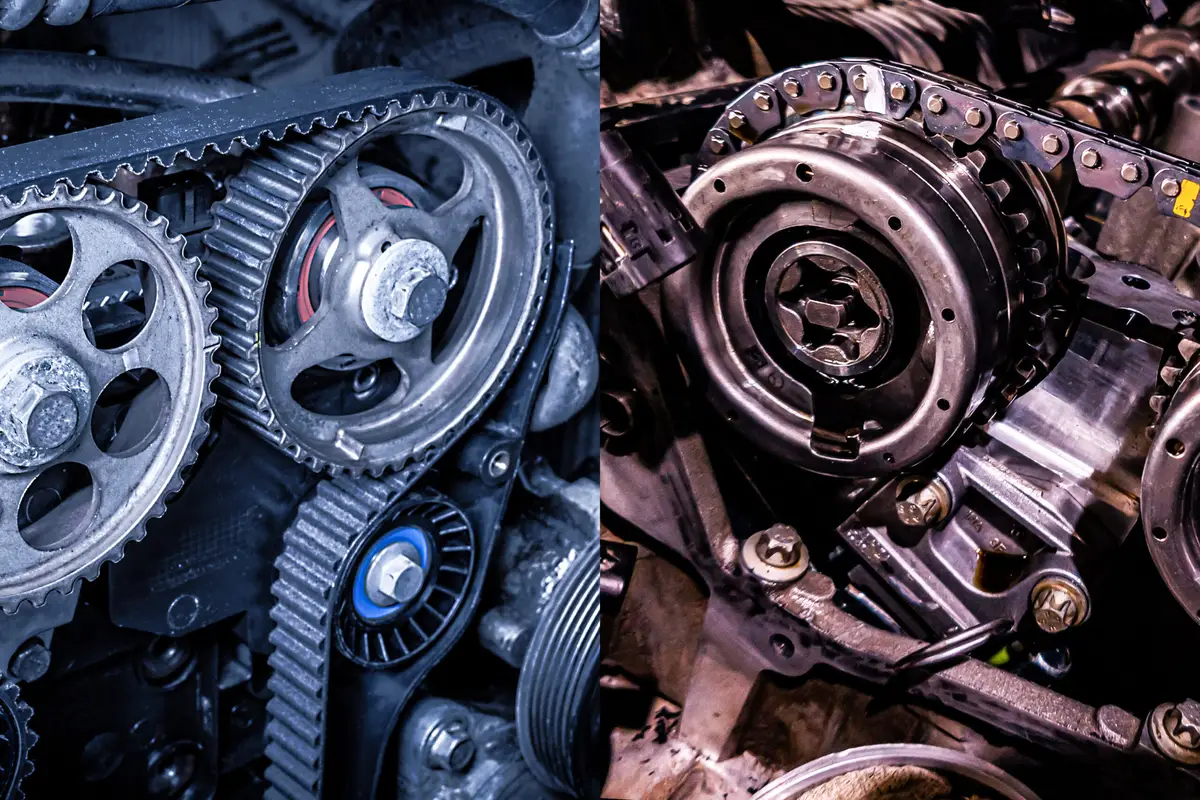
When the check engine light appears on your dashboard, it’s more than just a warning—it's a signal that your vehicle is experiencing a problem. Ignoring it can lead to larger, more expensive repairs down the line. Whether you’re an auto enthusiast or simply trying to avoid unexpected breakdowns, understanding how engine diagnostics work is a crucial part of maintaining your car’s health.
Engine diagnostics is the process of identifying faults or inefficiencies in your vehicle’s systems using specialized tools and software. Today’s vehicles rely heavily on onboard computers that continuously monitor performance and emissions. When something goes wrong, the computer stores a diagnostic trouble code (DTC) that can be retrieved using a scan tool.
These codes help technicians pinpoint the issue—whether it’s a misfiring cylinder, a failing oxygen sensor, or a problem with the fuel injection system. By interpreting these codes, mechanics can quickly isolate and fix problems that might otherwise go unnoticed until serious damage occurs.
Most modern vehicles manufactured after 1996 come with an OBD-II (On-Board Diagnostics II) system. This system tracks the performance of engine components, emissions, and other essential subsystems. It uses sensors located throughout the engine and exhaust to feed information to the vehicle’s main computer (ECU or PCM).
If a sensor detects something out of the ordinary—such as improper fuel mixture, misfires, or irregular emissions—it triggers the check engine light and logs a corresponding DTC. These codes can be read using a scan tool connected to the OBD-II port, typically located under the dashboard.
Some of the most common issues identified during an engine diagnostic test include:
Engine diagnostics is not just about reading a code—it's about understanding what your car is trying to tell you. With the right tools and knowledge, you can uncover issues long before they become costly problems. Whether you're maintaining your vehicle yourself or visiting a trusted mechanic, having a basic understanding of diagnostics puts you in the driver’s seat when it comes to your car’s performance and reliability.
By staying proactive and informed, you ensure not only the longevity of your vehicle but also your safety on the road.
At Ceglarz Auto Repair & Sales, located right in New Britain, CT, we specialize in helping Connecticut drivers stay ahead of engine problems. Our team doesn’t just rely on software to run diagnostics—we listen to your concerns and use our hands-on expertise to make sure your vehicle is running exactly how it should be. Whether you're a daily commuter, a college student, or a local resident who just wants a reliable ride, we’re here to help you drive with confidence.
If you’re searching for car engine tune-up near me, look no further than Ceglarz Auto Repair & Sales in New Britain, CT. Our expert team is here to ensure your vehicle performs at its best.
📞 Call us at (860) 224-3532 or
📍 Visit our shop at 581 W Main St, New Britain, CT 06053 to schedule your car engine tune-up today.



